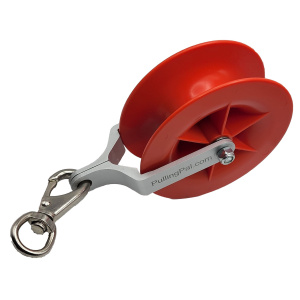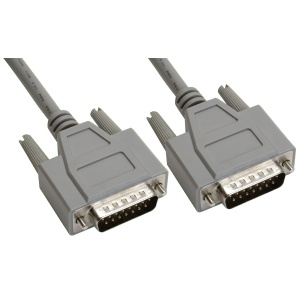Getting connected and staying online has become an essential part of our daily lives. But to maintain a stable and reliable connection, especially in larger spaces, choosing the right access points becomes crucial. In this guide, you’ll learn the ropes of how to choose between indoor and outdoor access points.
The Ultimate Guide: How to Choose Between Indoor and Outdoor Access Points – Understanding the Basics
Before diving deep into the specifics, let’s take a quick look at what indoor and outdoor access points are and why you should care about them.
Indoor access points are devices commonly used to extend the wireless coverage inside buildings. These devices are designed to cater to indoor conditions, offering features like higher data rates and coverage but are less equipped to handle harsh environmental conditions.
On the other hand, outdoor access points are designed to provide connectivity in outdoor environments. They are built to endure tough weather conditions and cover vast areas, making them ideal for parks, large campuses, and marinas.
Figuring out Your Needs
A perfect access point for you largely depends on your needs and the environment you’re in. Let’s start by deciphering what these could be:
Location
The first thing to take into account is the location where you want to establish your wireless network. Is it an indoor environment like a home or office, or is it an outdoor space like a backyard or a large campus?
Size of the Area
The size of the area you want to cover also matters. Indoor access points are suitable for covering smaller areas while outdoor access points are designed to cater to larger, more open spaces.
User Density
User density refers to the number of devices that will be connected to the network. Higher user density calls for more robust and reliable equipment.
Indoor Access Points – All you Need to Know
Indoor access points, while appearing simplistic, have a lot of depth when it comes to choosing the right one. Let’s dive into what you need to look out for when choosing an indoor access point:
Speed and Range
The speed and range of an access point are among the most crucial factors to consider. You want a device that can handle your bandwidth needs and cover your entire indoor space.
Capacity
Look for an access point that can handle the number of devices you plan to connect. Remember, more isn’t always merrier when it comes to devices on a network!
Compatibility
Ensure your access point is compatible with the devices you plan on connecting. You don’t want to invest in a device that your laptop or smartphone can’t connect to.
Outdoor Access Points – Deep Dive
Outdoor access points, like their indoor counterparts, come with their unique set of factors to consider:
Weather Resistance
Outdoor access points need to be weather-resistant. They should be able to withstand rain, snow, high temperatures, and more.
Range and Speed
Just like indoor access points, speed and range are key considerations. However, outdoor environments often require much larger coverage areas.
Durability
A crucial consideration for outdoor access points is durability. They should be able to endure the rigors of the outdoors and continue to perform.
Matching Access Points with Environment Types
Certain environments call for specific types of access points. Let’s take a look at the ideal environments for indoor and outdoor access points:
Indoor Environments
Indoor access points work best in homes, offices, restaurants, and other indoor settings. These devices cater to smaller, enclosed spaces where weather isn’t a factor.
Outdoor Environments
Outdoor access points are ideal for large campuses, parks, and outdoor event venues. They can withstand varying weather conditions and cover vast distances.
Blending Indoor and Outdoor Access Points – Hybrid Networks
Who says you have to choose between indoor and outdoor access points? You can create a hybrid network that incorporates both, allowing seamless connectivity indoors and out.
FAQs
What’s the difference between an indoor and an outdoor access point?
Indoor access points are designed to work best within enclosed spaces and offer high data rates. Outdoor access points are built to withstand harsh weather conditions and provide coverage over larger areas.
Can I use an indoor access point outside?
While it’s technically possible, it’s not recommended. Indoor access points aren’t designed to withstand harsh weather conditions.
How far can an outdoor access point reach?
The range varies significantly between models and brands, but a high-quality outdoor access point can cover distances up to a few kilometers.
Can I use both indoor and outdoor access points in the same network?
Absolutely! You can set up a hybrid network that uses both indoor and outdoor access points for seamless coverage.
How do I choose the best indoor or outdoor access point?
Identify your needs first – the size of the area you want to cover, the number of devices to be connected, and the environment – and then choose a device that meets those requirements.
Can outdoor access points connect with indoor ones?
Yes, they can. Both types of access points can communicate with each other to provide seamless connectivity across a network.
Conclusion
Choosing between an indoor and outdoor access point doesn’t have to be daunting. With a clear understanding of your needs and the environment, you can easily find the perfect fit. Whether you opt for an indoor access point, an outdoor one, or a hybrid of both, the goal remains the same – stable, seamless, and high-speed connectivity.












